Filter data
|
ID |
Nickname |
Country / City |
Languages |
Taxonomies |
Comment |
Project / Group |
Map |

|
48453
|
|
Switzerland
Evolène
|
|
|
The other language is Patois
|
|
|

|
48454
|
|
Switzerland
Evolène
|
|
|
—
|
|
|

|
48780
|
|
Switzerland
Evolène
|
|
|
The other language is Patois
|
|
|
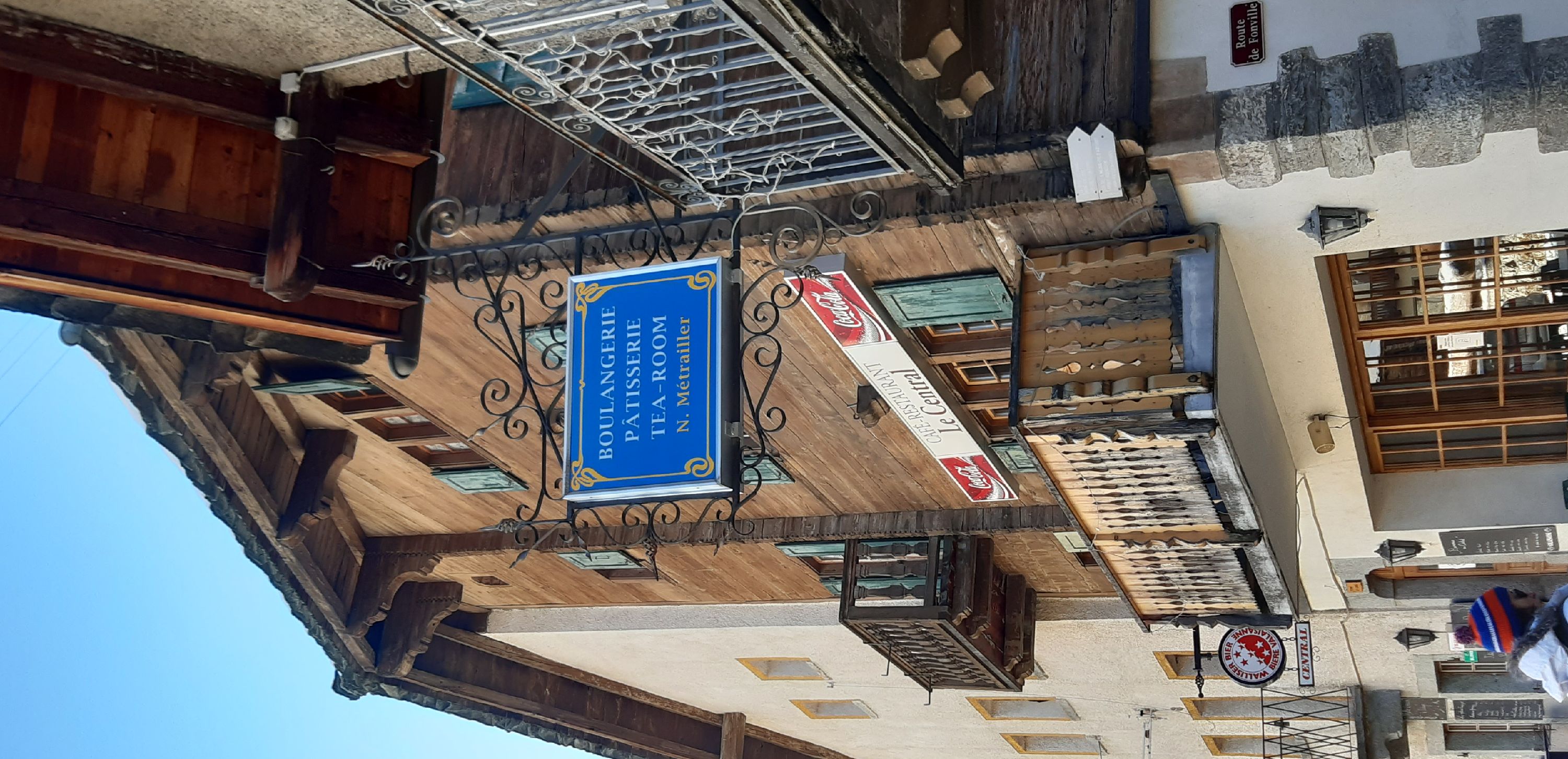
|
47863
|
|
Switzerland
Evolène
|
|
|
—
|
|
|
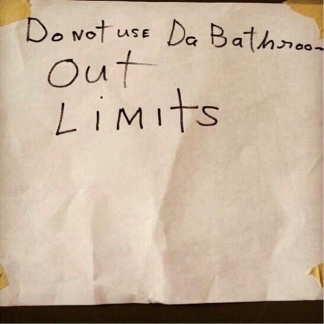
|
38989
|
|
United States
Ewa Beach
|
|
|
—
|
Multilingual Hawaiʻi
|
|
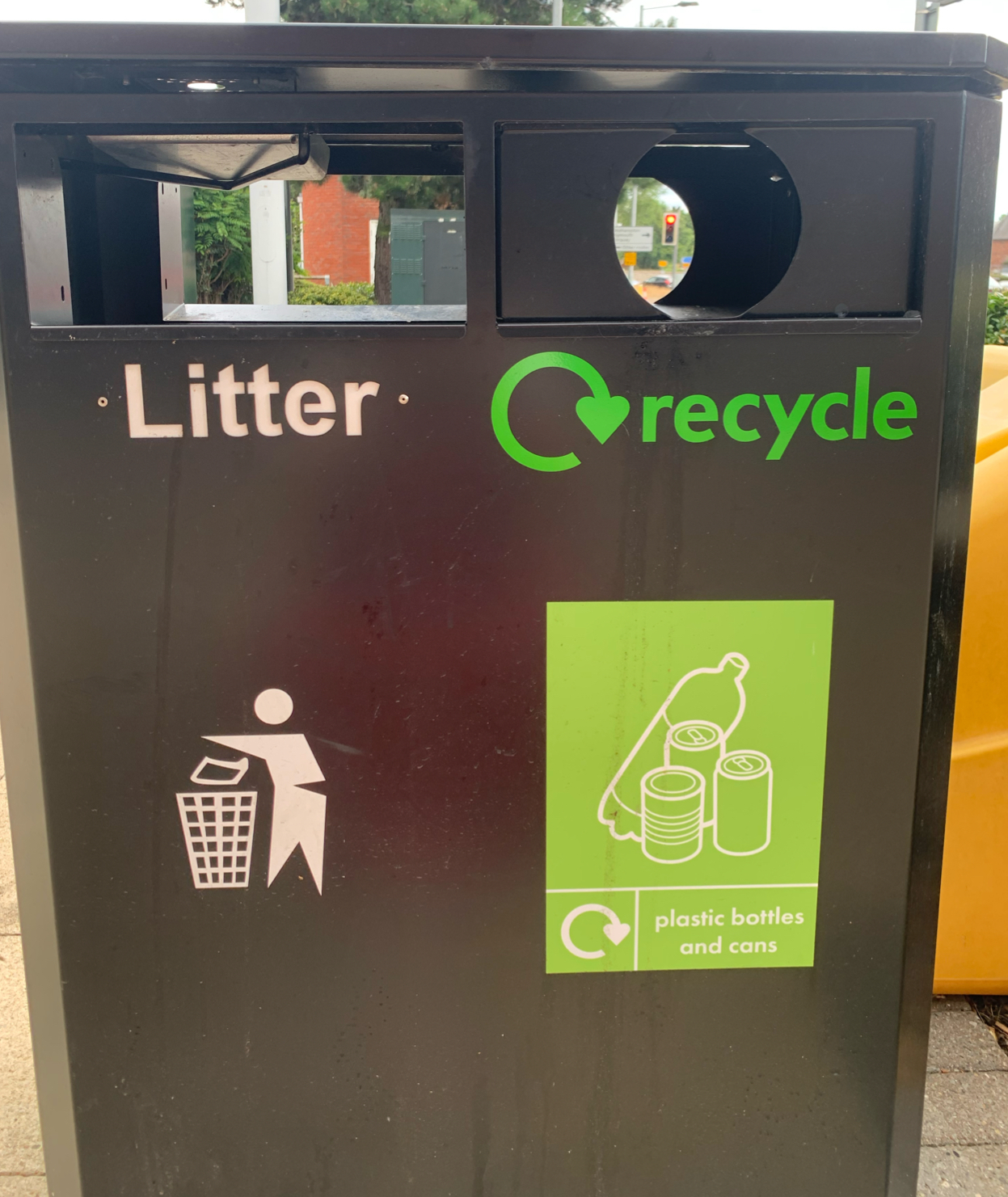
|
135168
|
Laura_Pizarro_Jacinto
|
United Kingdom
Exeter
|
|
|
—
|
VOICETER
|
|
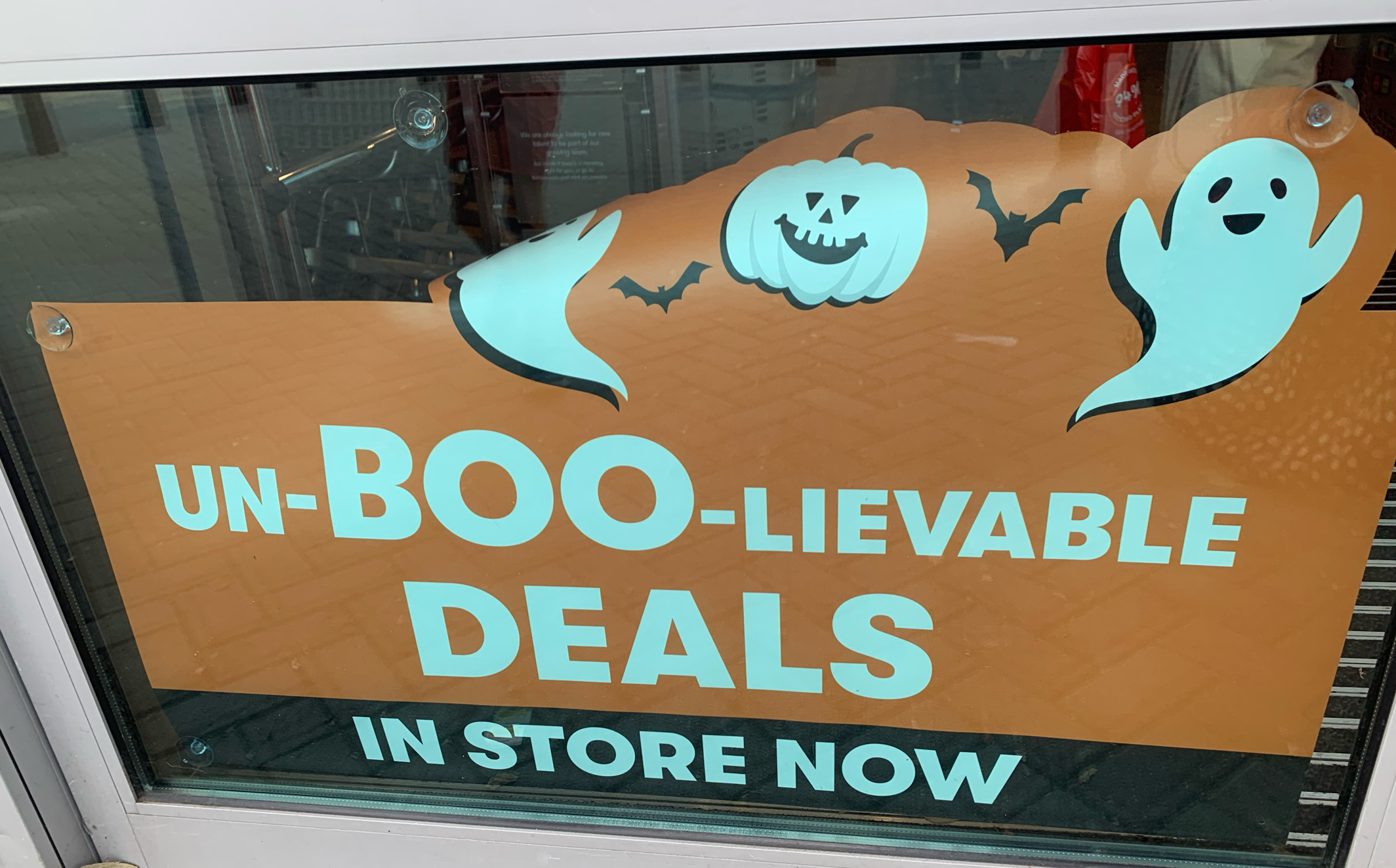
|
135424
|
Laura_Pizarro_Jacinto
|
United Kingdom
Exeter
|
|
|
—
|
VOICETER
|
|
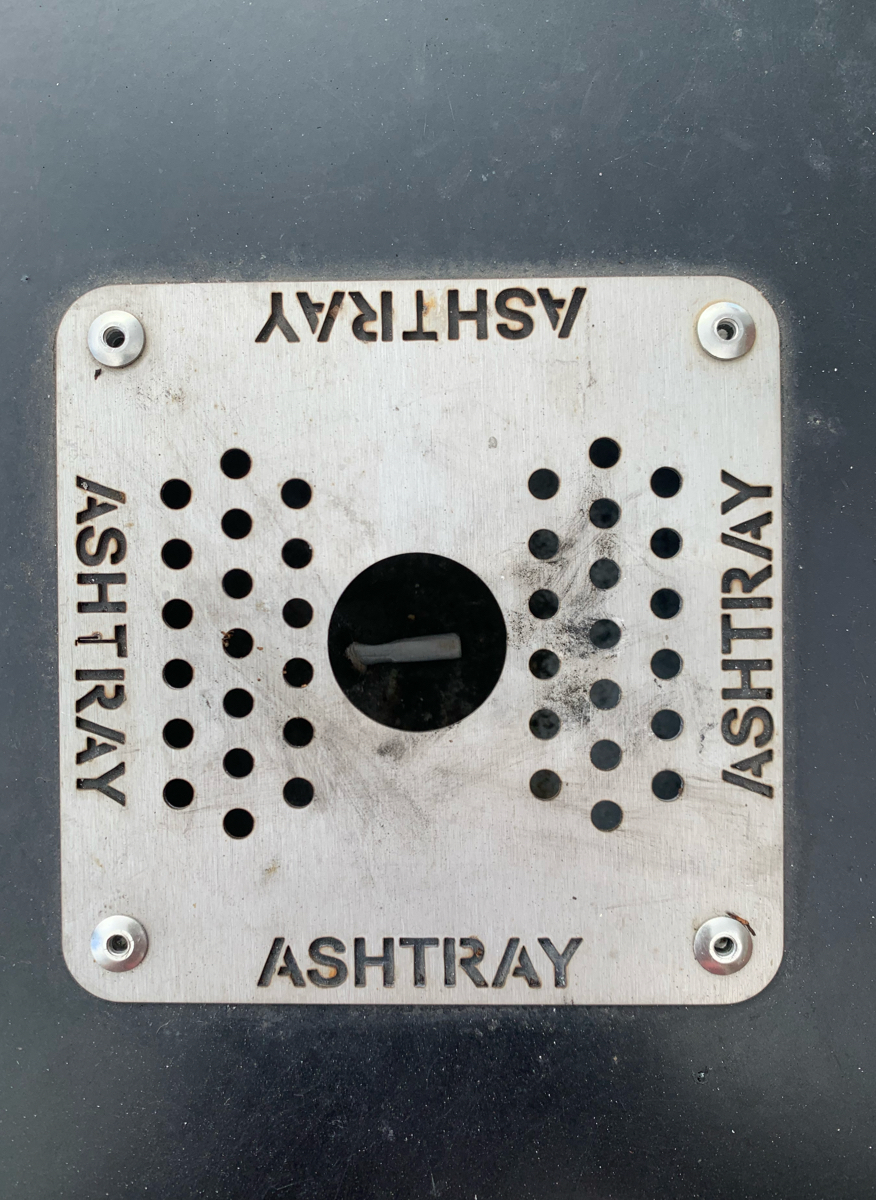
|
135169
|
Laura_Pizarro_Jacinto
|
United Kingdom
Exeter
|
|
|
—
|
VOICETER
|
|
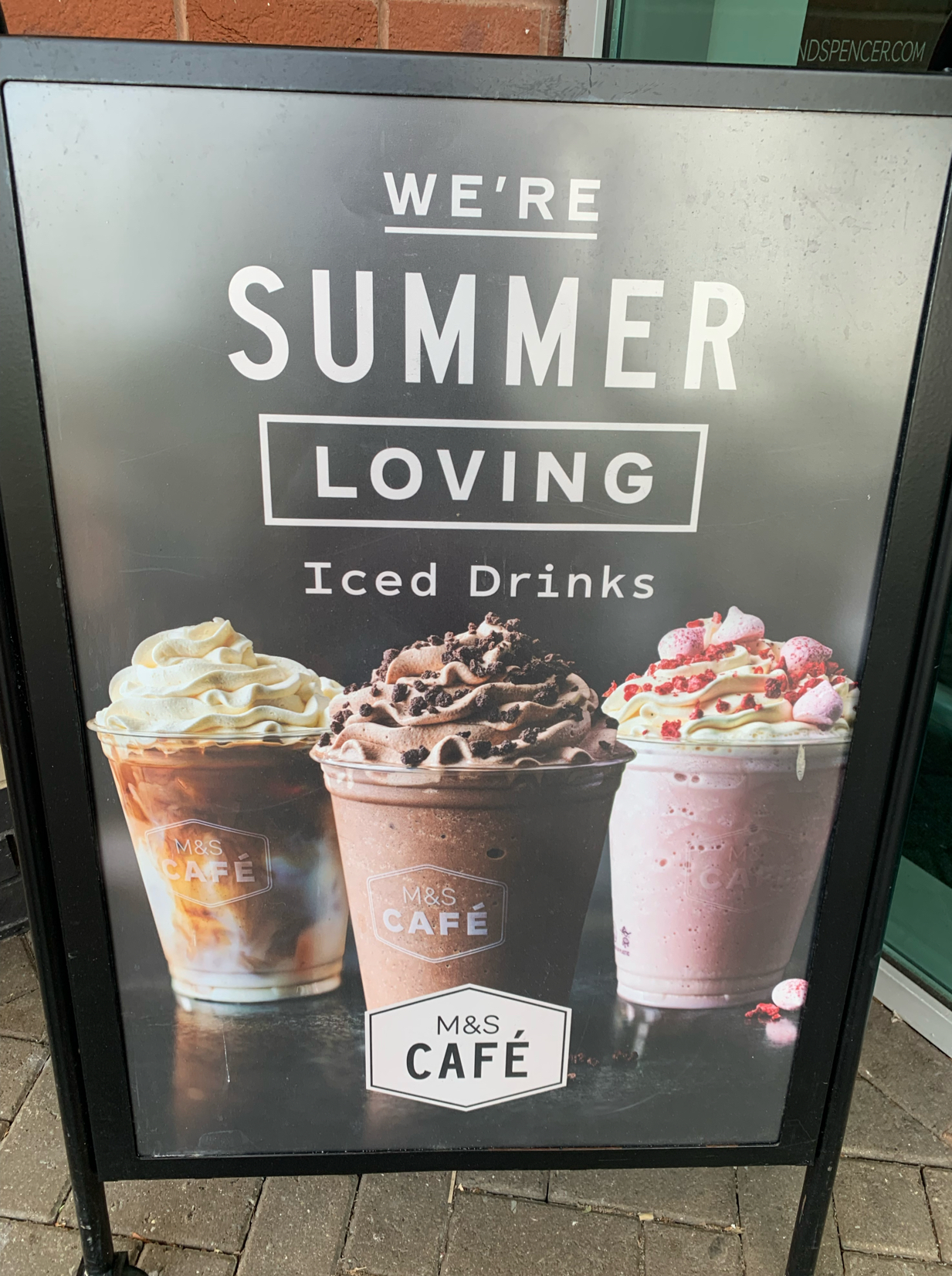
|
135425
|
Laura_Pizarro_Jacinto
|
United Kingdom
Exeter
|
|
|
—
|
VOICETER
|
|

|
135170
|
Laura_Pizarro_Jacinto
|
United Kingdom
Exeter
|
|
|
—
|
VOICETER
|
|
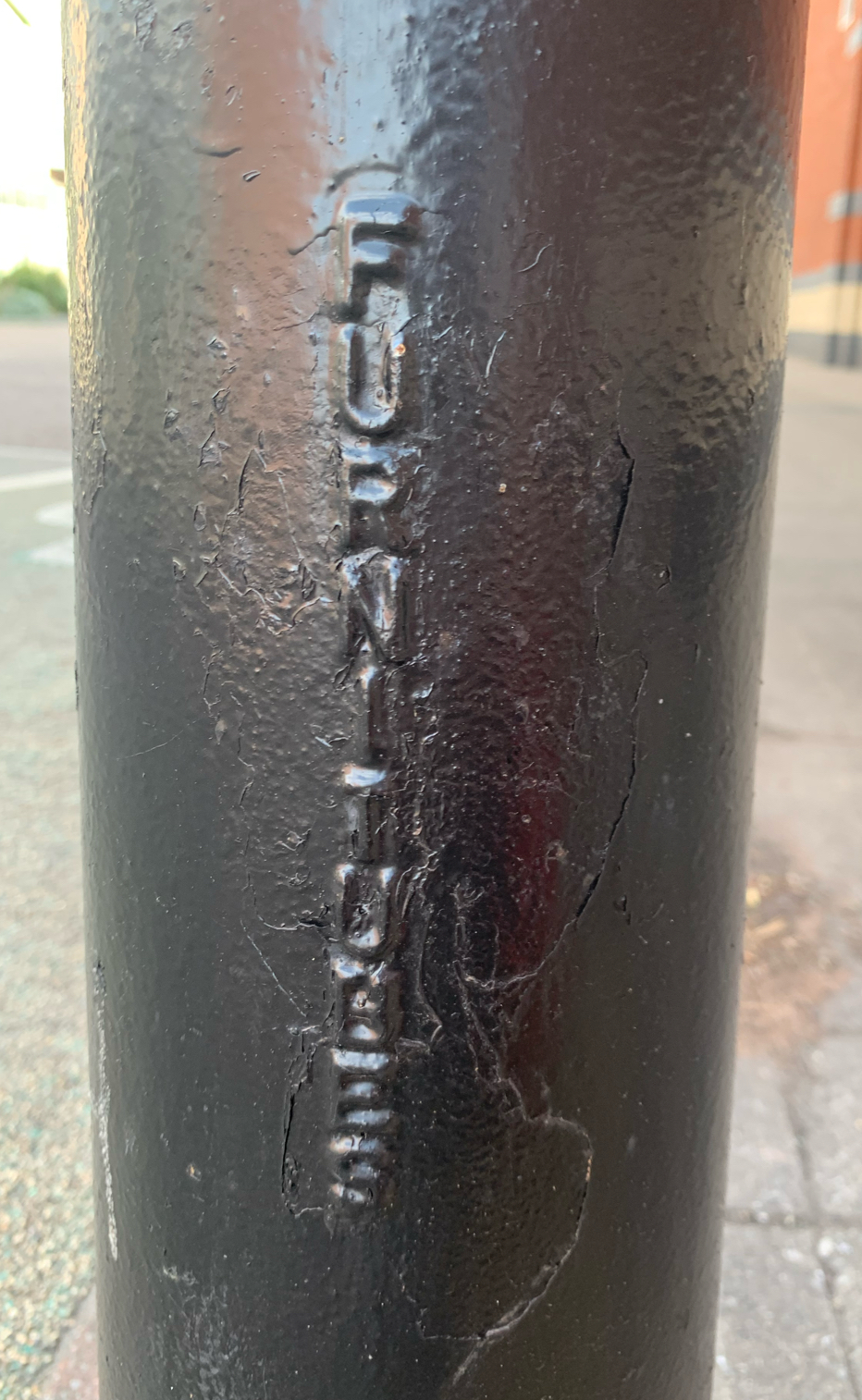
|
135426
|
Laura_Pizarro_Jacinto
|
United Kingdom
Exeter
|
|
|
—
|
VOICETER
|
|

|
135171
|
Laura_Pizarro_Jacinto
|
United Kingdom
Exeter
|
|
|
—
|
VOICETER
|
|
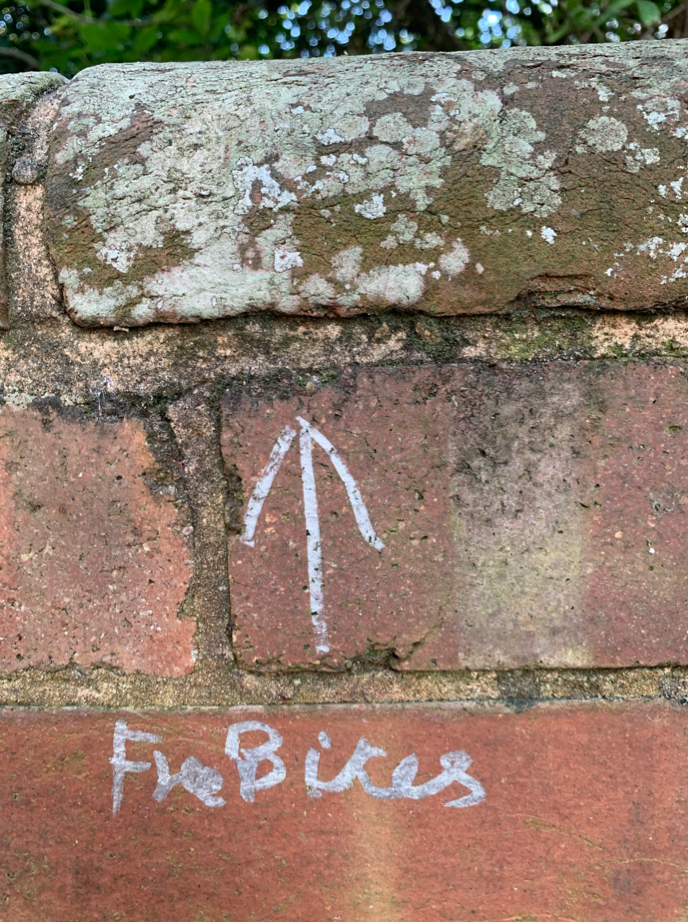
|
135427
|
Laura_Pizarro_Jacinto
|
United Kingdom
Exeter
|
|
|
—
|
VOICETER
|
|
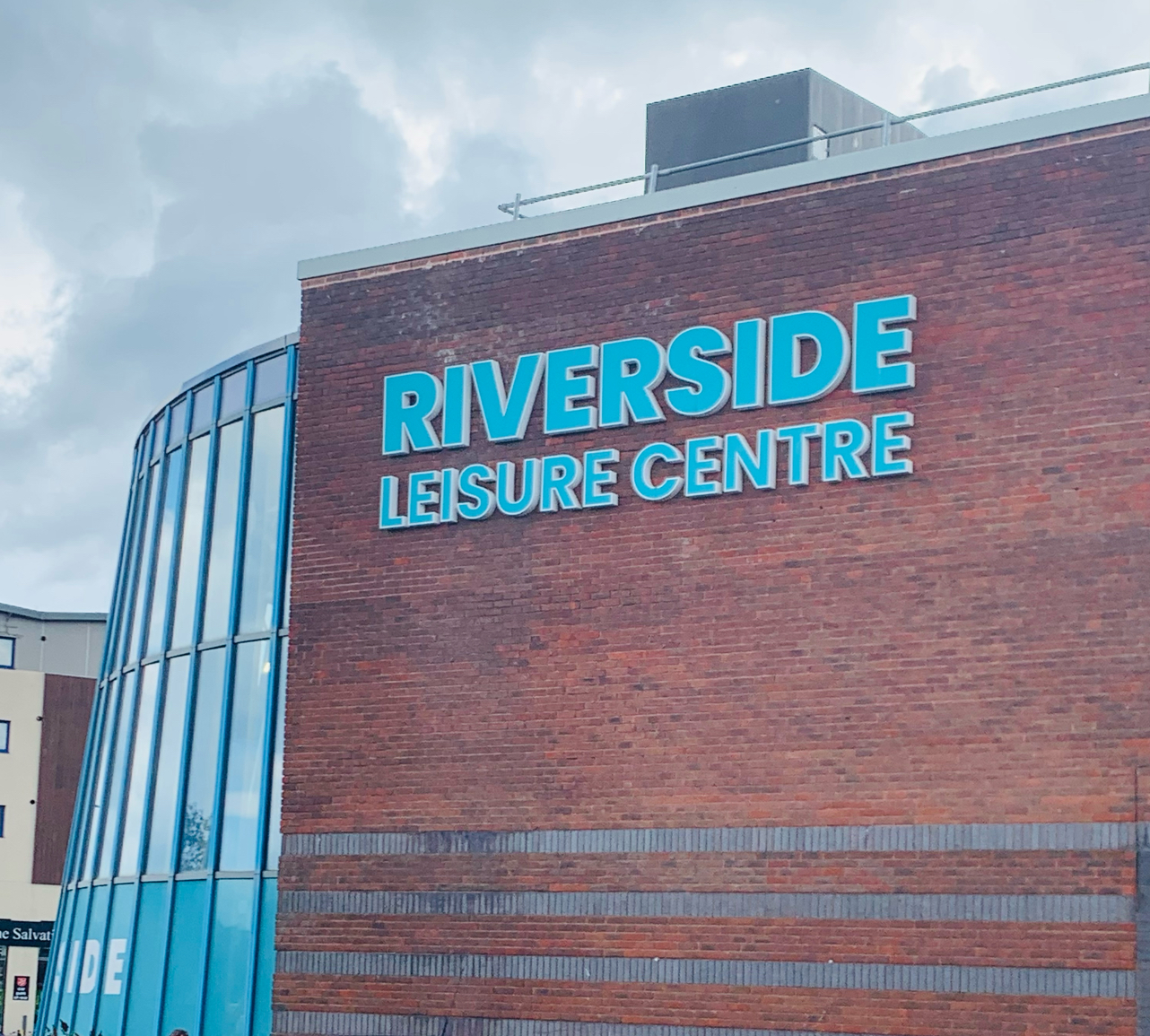
|
135172
|
Laura_Pizarro_Jacinto
|
United Kingdom
Exeter
|
|
|
—
|
VOICETER
|
|
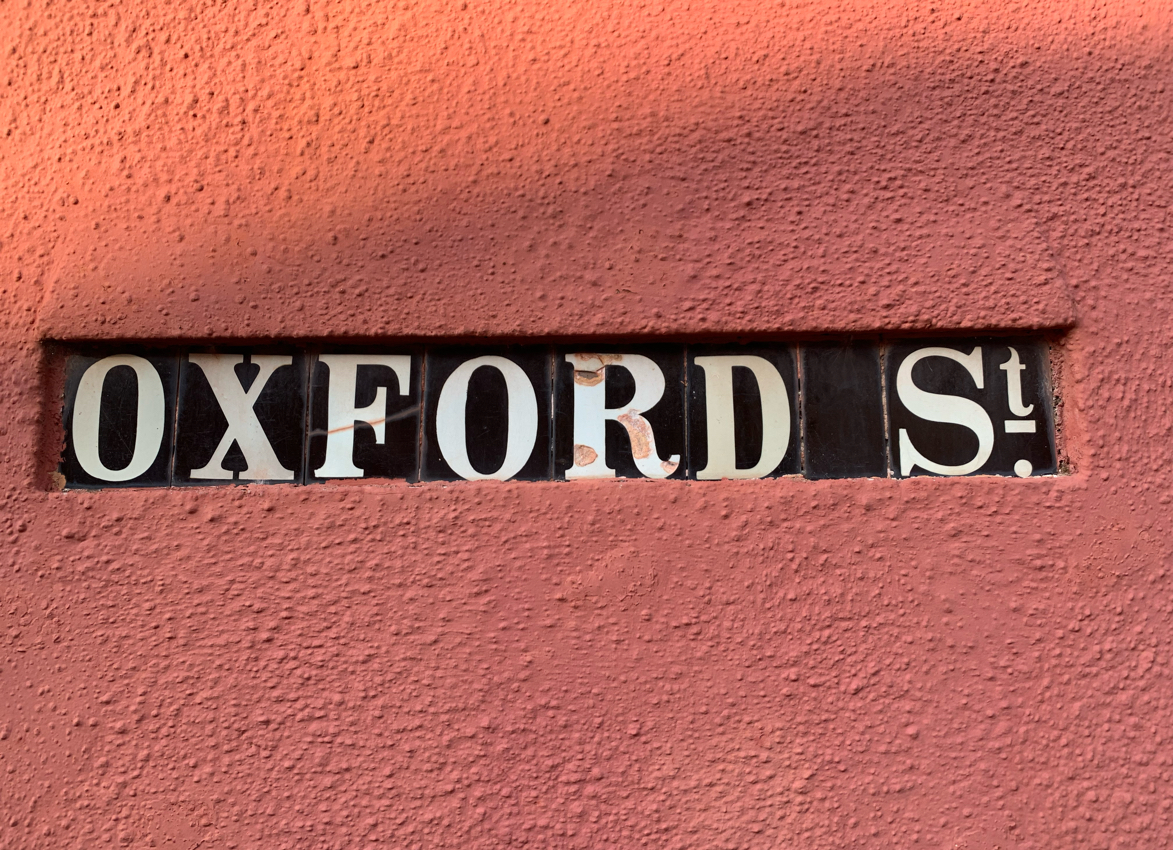
|
135428
|
Laura_Pizarro_Jacinto
|
United Kingdom
Exeter
|
|
|
—
|
VOICETER
|
|
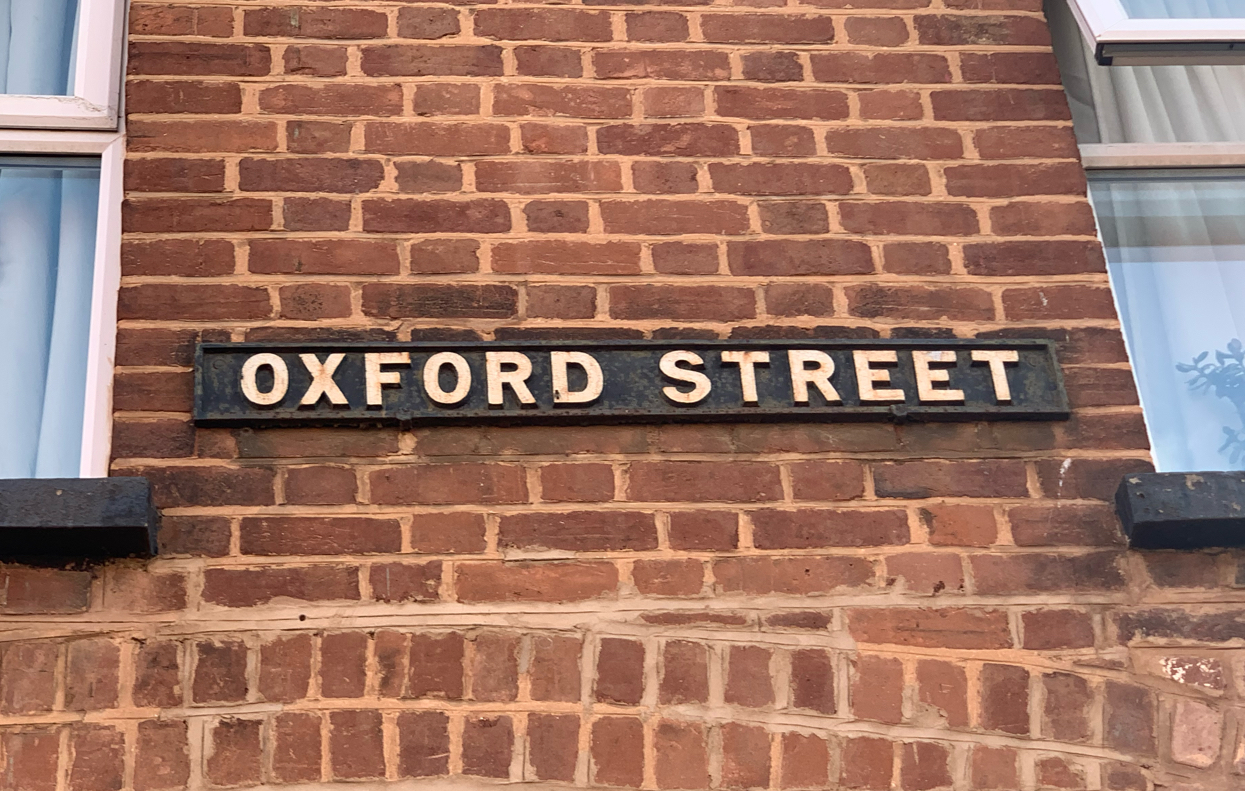
|
135429
|
Laura_Pizarro_Jacinto
|
United Kingdom
Exeter
|
|
|
—
|
VOICETER
|
|
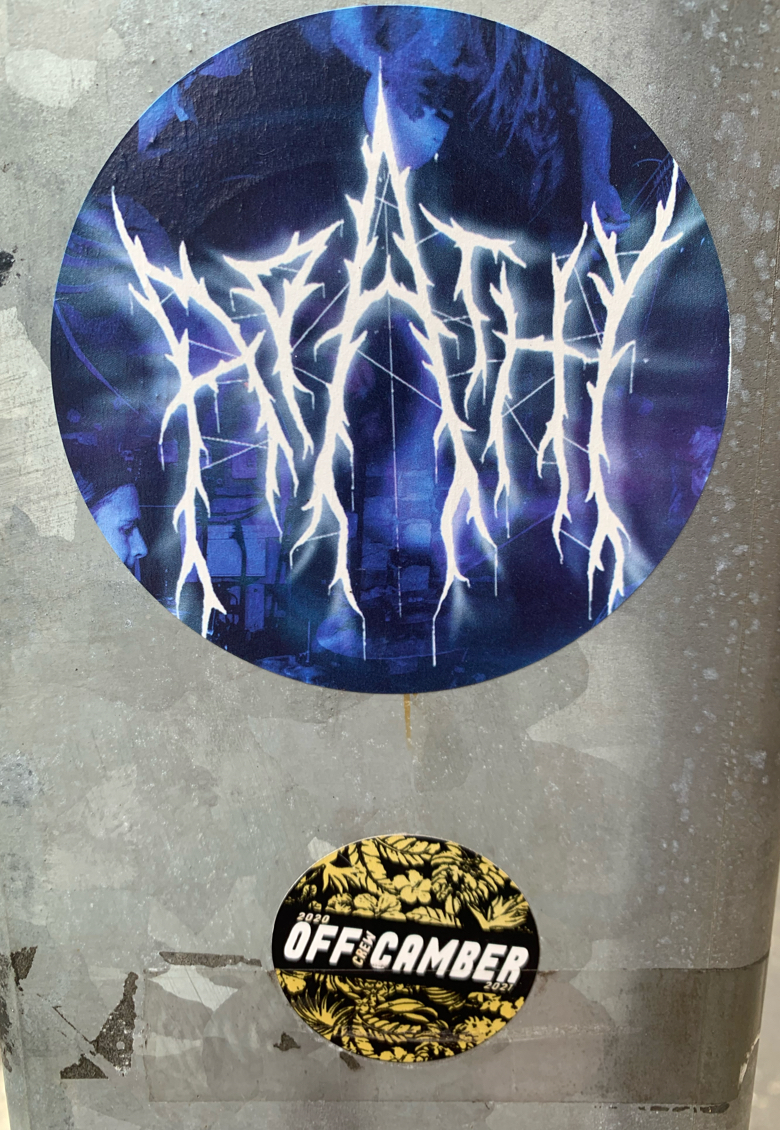
|
135174
|
Laura_Pizarro_Jacinto
|
United Kingdom
Exeter
|
|
|
Sticker on lamp post
|
VOICETER
|
|
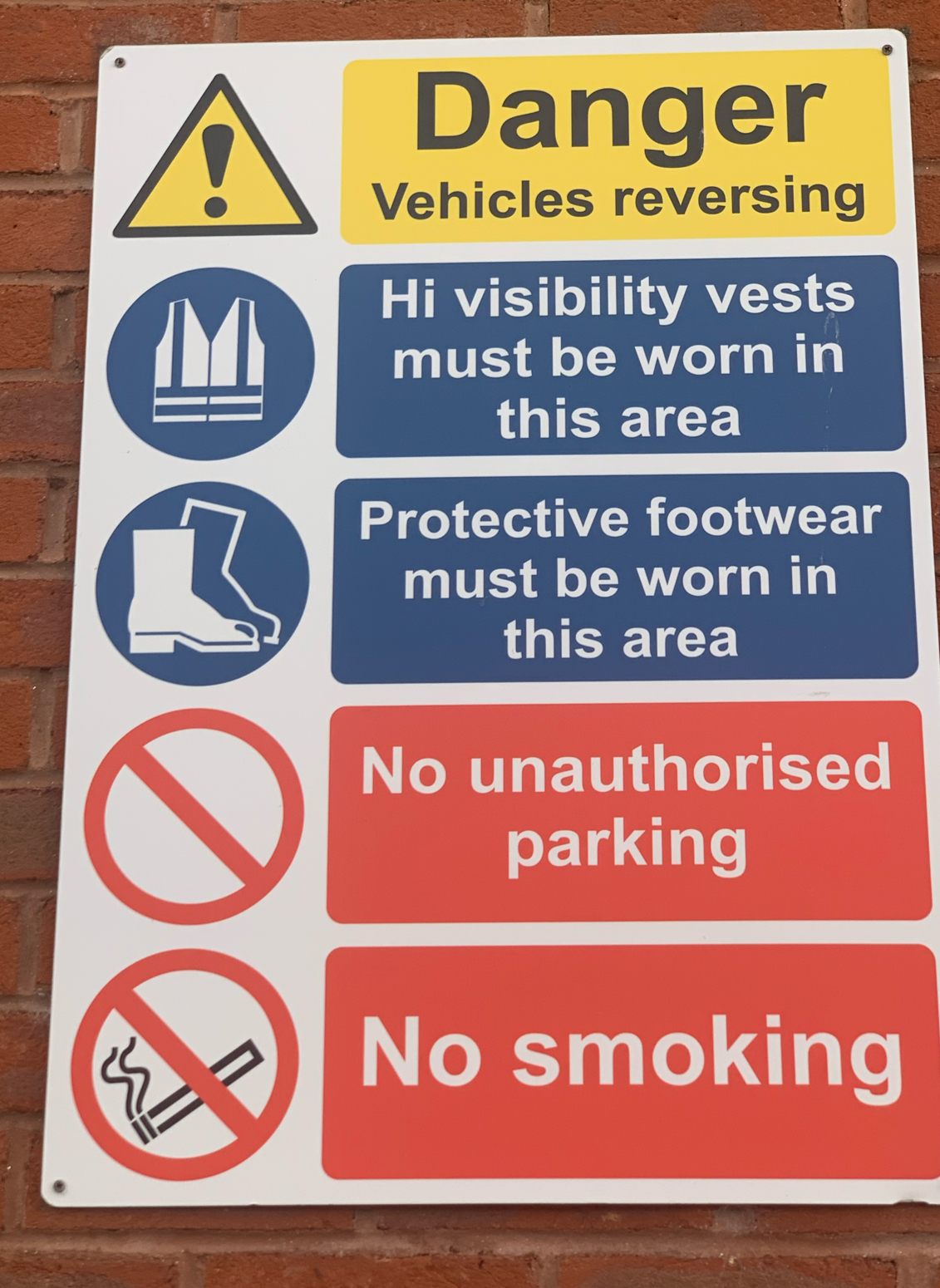
|
135175
|
Laura_Pizarro_Jacinto
|
United Kingdom
Exeter
|
|
|
—
|
VOICETER
|
|
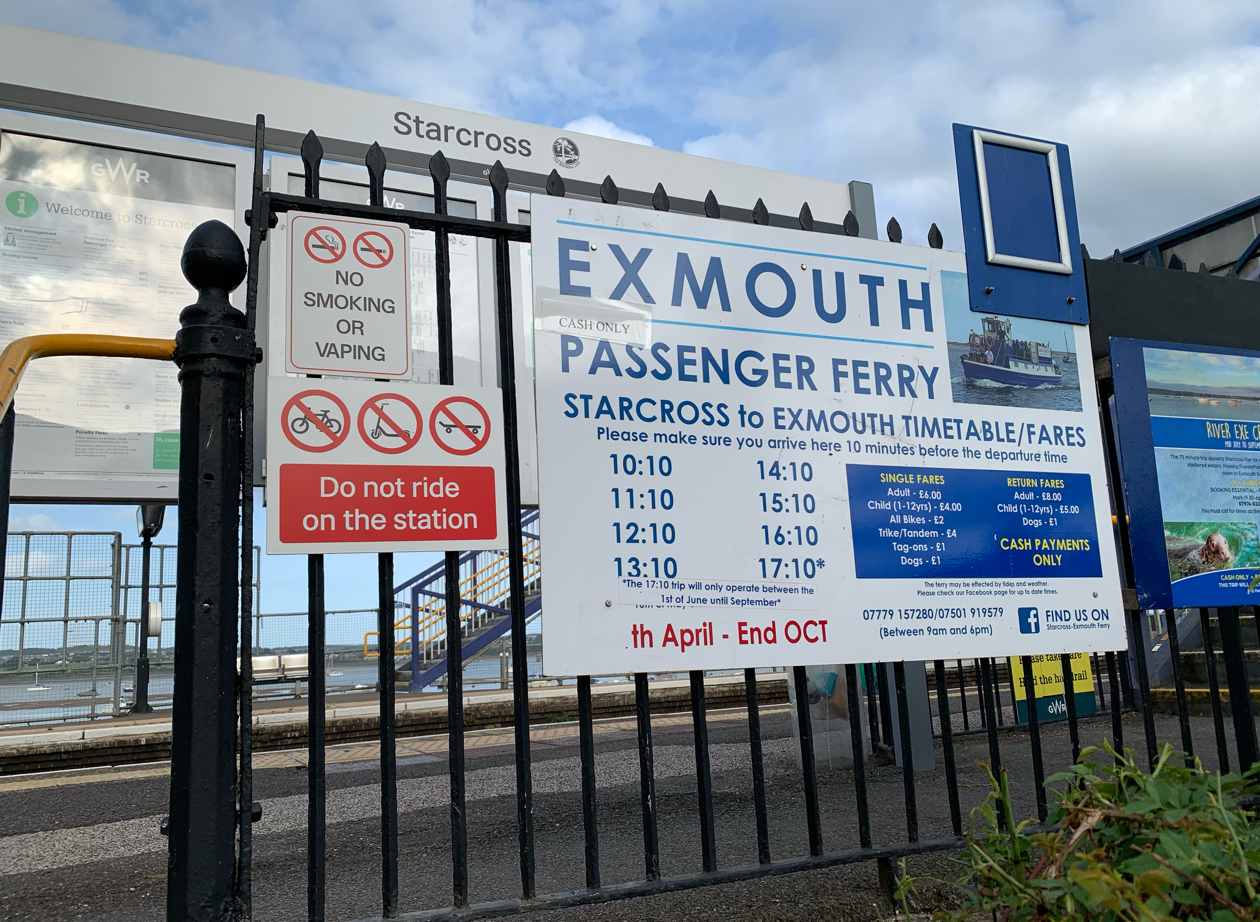
|
135431
|
Laura_Pizarro_Jacinto
|
United Kingdom
Exeter
|
|
|
—
|
Project 51°N
|
|
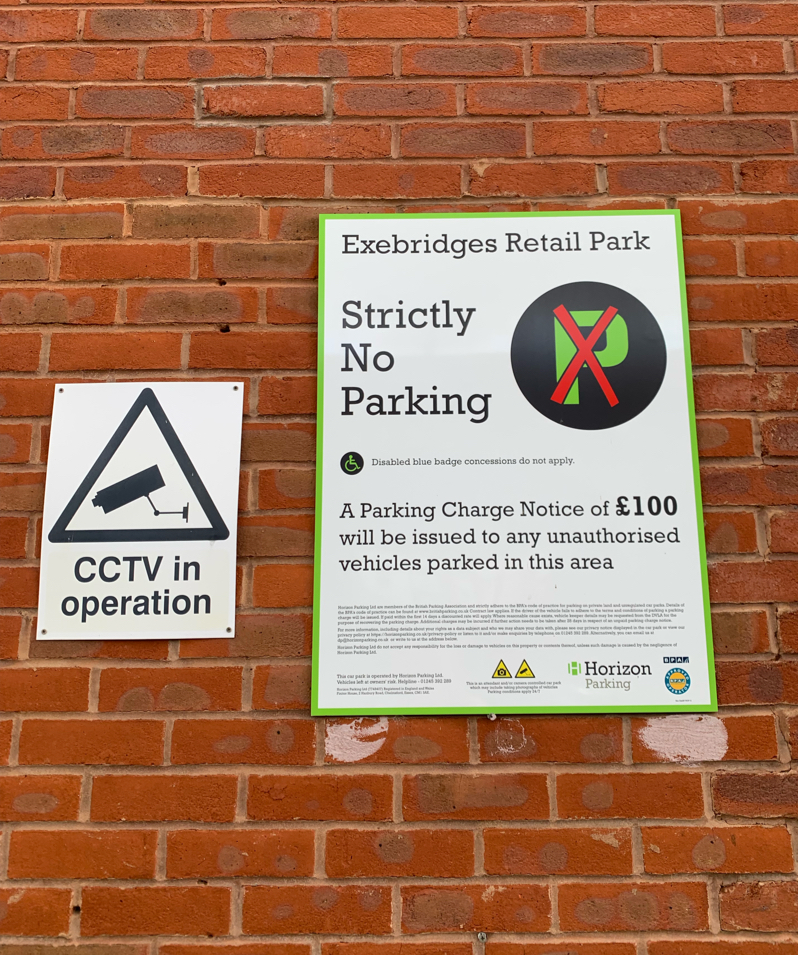
|
135176
|
Laura_Pizarro_Jacinto
|
United Kingdom
Exeter
|
|
|
—
|
VOICETER
|
|